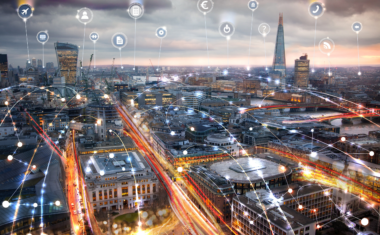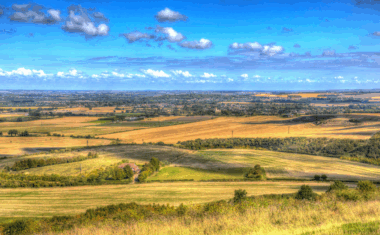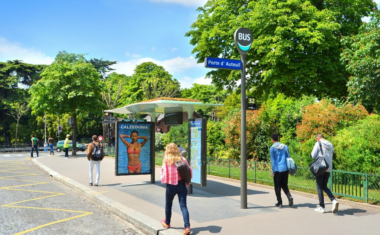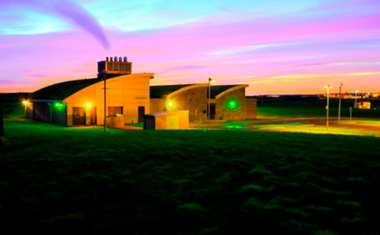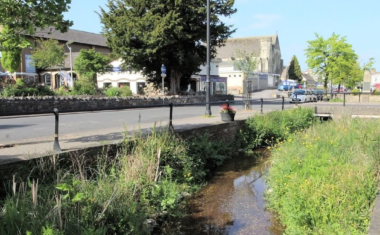The Great Bubble Barrier
- 6 min to read
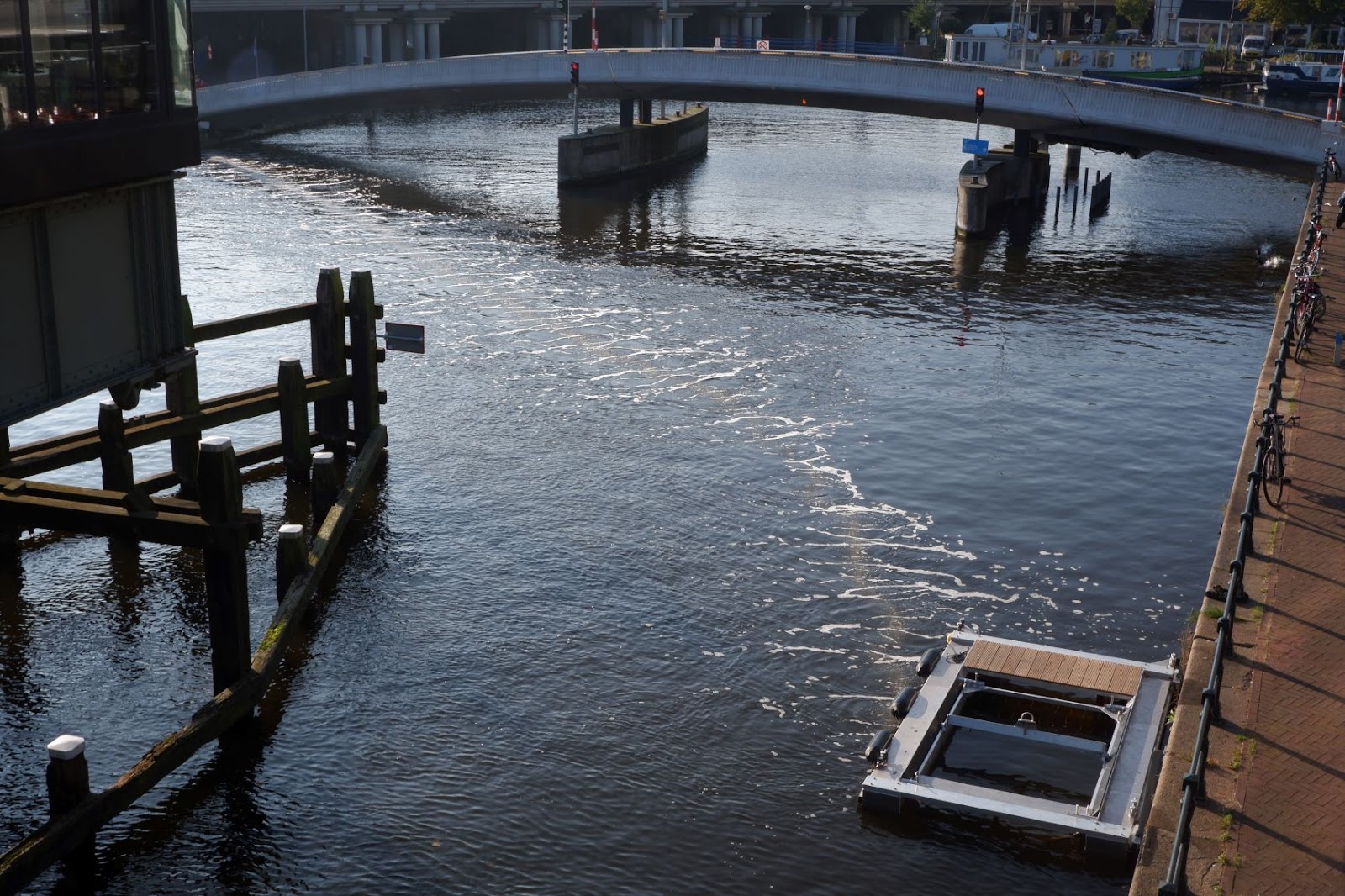
About the city. Amsterdam’s location is a good route for ships and aquatic life from the fresh Dutch inland waterways to the salty North sea, but unfortunately also a fixed route for a large amount of plastic waste to the open sea: so far, little has been done to stop this plastic journey. A large amount of plastic ends up in the Amsterdam canal water network, which flows, among other things, through the Westerdock to the IJ and eventually into the North sea.
Goal
The project aims to decrease the amount of plastics entering oceans, protect the global ecosystem from plastic pollution, and sustain and improve the quality of life on earth.
Implementation period. In November 2019, the city began piloting the project that will last for three years.
Fact
In Amsterdam, Waternet collects 3,500 kg of waste from the water using its garbage boats, including a lot of plastic. About 42 tons of plastic are removed from Amsterdam’s inland waterways every year, but the boats can only collect debris on the surface, and some smaller pieces are being missed altogether.
Solutions
The Bubble Barrier was commissioned by the Amstel, Gooi and Vecht Water Management Board and the Municipality of Amsterdam as an extension of the “Amsterdam Clean Water” program, which aims for clean plastic-free water in Amsterdam. This place, the Westerdock, is one of the points where water flows from the monumental canals of Amsterdam to the IJ. The IJ flows into the North Sea Canal and this leads directly to the North Sea.
The Bubble Barrier complements Waternet’s garbage boats and also catches plastic on weekends and evenings, 24 hours a day, 7 days a week.
The Bubble Barrier is a long perforated pipe that runs diagonally for 60 meters along the bottom of the canal. Compressed air is pumped through the pipe and rises up, and then the natural flow of water helps push the waste away. It is trapped in a small garbage platform on the Westerdokskade side at the end of the historic Amsterdam canal belt.
Amsterdam’s aquatic life is not being blocked by the bubbles: the oxygen level in the water increases due to bubbles. This stimulates the ecosystem and prevents harmful algae blooms. Because bubble screens absorb sounds and waves, fish and shorelines experience less damage from ship traffic. Moreover, unlike many other plastic capture technologies, the Bubble Barrier does not interfere with the passage of ships or aquatic wildlife.
Challenges
The company aims to publish the report on the catch of the Bubble Barrier Amsterdam in the first quarter of 2022, but the spread of COVID-19 and the accompanying measure and needed precautions may have an impact on the publication date.
Team
The Great Bubble Barrier on behalf of the Amstel, Gooi and Vecht Waterboard and the city of Amsterdam in collaboration with Van den Herik – Sliedrecht, STOP! Micro Waste, Canadianpond and the Plastic Soup Foundation.
Timeline
Previous pilots have shown that the Bubble Barrier intercepts 86% of floating test material in inland waters. The effect on smaller microplastics from 0.02 mm to 0.5 mm is currently being investigated in a study with purified wastewater at the Wervershof treatment plant in the Netherlands.
If you notice an error or inaccuracy in our editorials, please email [email protected] so we can look into it.

